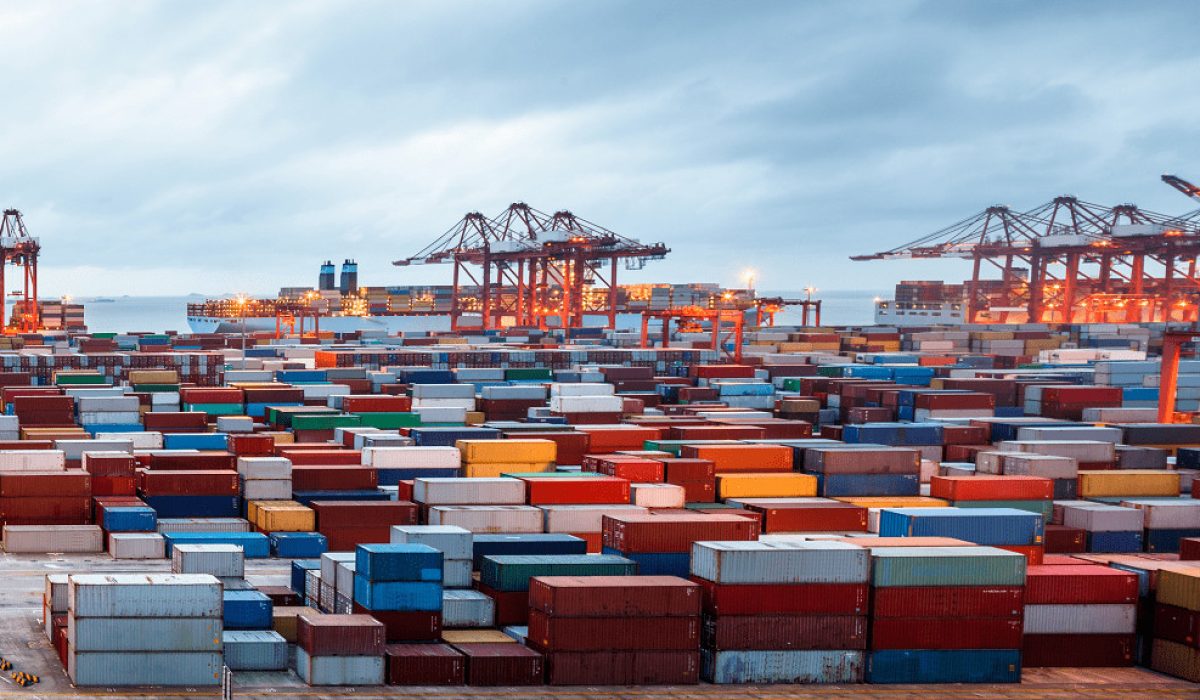In 2019, my country’s foreign trade increased by 3.5% year-on-year, and its status as the world’s largest trader in goods continued to be stable. The share of international trade increased by 0.2 percentage points, and the share of exports increased by 0.4 percentage points.
The improvement of foreign trade against the trend is inseparable from the hard work of every city. With the continuous deepening of my country’s new round of high-level opening up to the outside world, various regions are advancing synergistically, and cities are catching up with each other, presenting a more open, more diversified, and more coordinated development pattern.
According to the list statistics, in 2019, the foreign trade of cities across the country showed an overall rapid upward trend. Among the 297 cities it evaluated, 171 cities had a foreign trade import and export growth rate exceeding 5%, and 128 cities had a growth rate exceeding 10%.
In terms of regions, there are 55 cities in the southeastern coastal region (including 25 in the Yangtze River Delta region, 21 in the Pearl River Delta region, and 9 in the economic zone on the west coast of the Taiwan Strait), 29 cities in the Bohai Rim region, and 34 cities in the Northeast region. There are 84 cities in the central region, 50 cities in the southwest region, and 45 cities in the northwest region.
In contrast, the major foreign trade cities in the southeastern coastal areas have strong comprehensive strength in foreign trade, relatively balanced development, and generally good foreign trade performance.
The report pointed out that among the 25 cities in the Yangtze River Delta region that participated in the evaluation on the list of the top 100 cities for foreign trade competitiveness in 2019, the number of cities entering the top 100 list increased by 1 compared with the previous year to 22, and the ranking rate was as high as 88%. , and this has benefited from the integrated development of the Yangtze River Delta region in recent years.
With the opening of the Guangzhou-Shenzhen-Hong Kong High Speed Rail and the Hong Kong-Zhuhai-Macao Bridge, as well as the publication and implementation of the “Outline Development Plan for the Guangdong-Hong Kong-Macao Greater Bay Area”, the vitality of the Pearl River Delta region’s foreign trade development continues to be highlighted. In 2019, on the list of the top 100 cities with foreign trade competitiveness, the number of cities in the Pearl River Delta region increased from 1 to 9.
While the comprehensive strength of each city is constantly improving, the threshold for the city’s top 100 foreign trade competitiveness is also rising.
In 2019, the average import and export scale of the top 100 foreign trade cities reached 290.96 billion yuan, an increase of 3% from 282.48 billion yuan in the previous year; The value increased from 3,401.2 billion yuan in 2018 to 3,406.47 billion yuan in 2019, and the lowest value increased from 2.18 billion yuan in Jiayuguan, Gansu Province in 2018 to 5.72 billion yuan in Ordos, Inner Mongolia in 2019.

